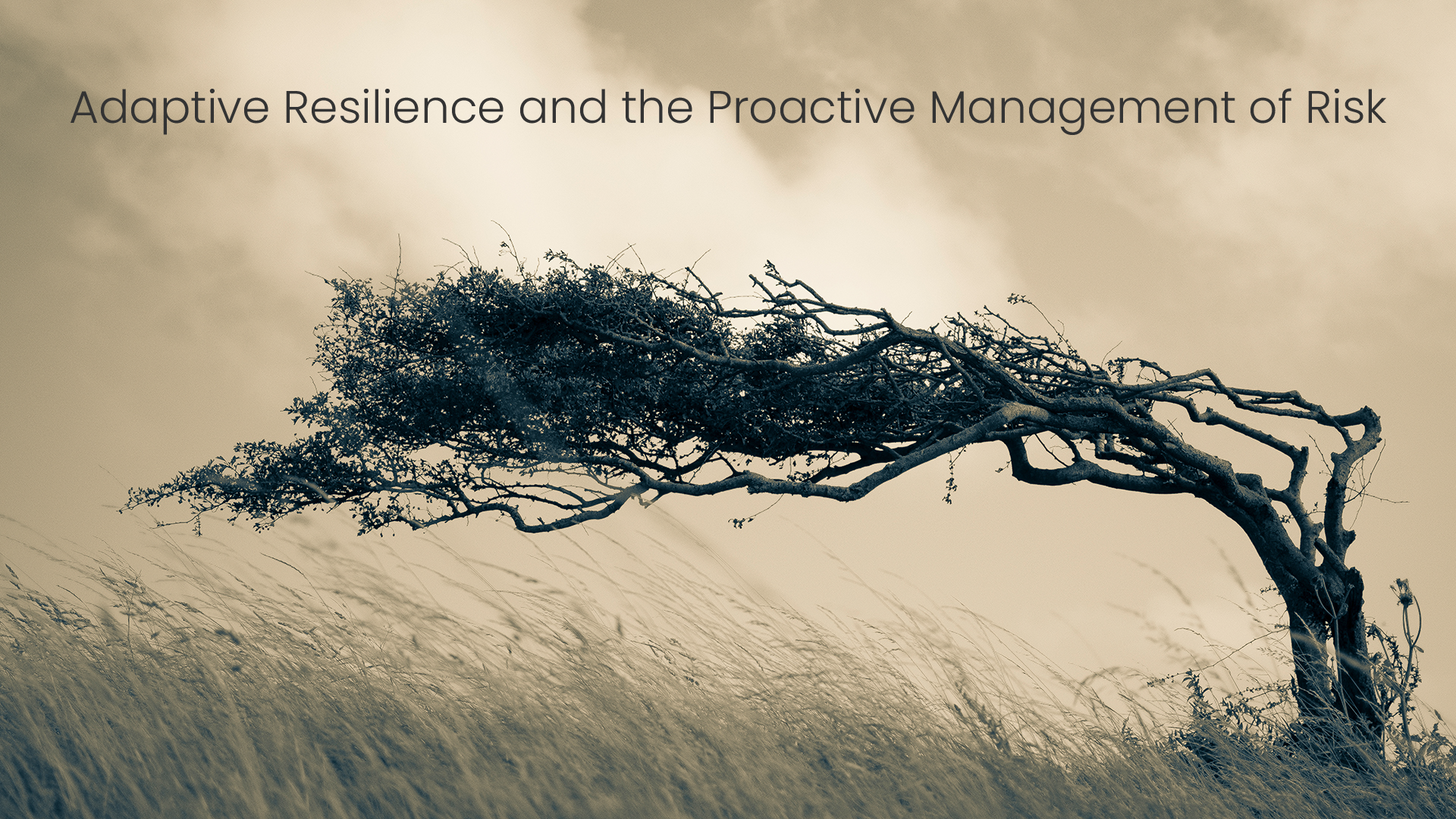“The fundamental paradox is that change is essential, and yet stability is necessary.”
C.S. Holling (2000)
If it does nothing else, proactive risk management allows projects and organisations to build resilience to events without becoming defensive or static.
Here’s a ‘thought bubble’ on how – through adaptive resilience – project managers can balance the tension between the needs to simultaneously take and avoid risk.
Through his analysis of the Arts sector, Mark Robinson made a number of observations about the characteristics of resilient organisations. I’ve presented them below ‘as is’, and it is surprising to note their fit to the general paradigm of project risk management.
Resilient organisations share…
- …a culture of shared purpose and values rooted in a strong organisational memory, avoiding mission-drift but consciously evolving
- …predictable financial resources derived from a robust business model and a range of activities and ‘customers’, allowing some financial flexibility to be retained
- …strong networks (internal or external), with an absence of ‘silos’, and collaboration at all levels to make the organisation vital and connected, and
- …intellectual, human and physical assets used to maximise impact in pursuit of core purpose, with appropriate investment in the creation and exploitation of new assets.
Adaptive organisations share…
- …adaptive capacity: innovation and experimentation are embedded in reflective practice, with change seen as natural and actively prepared for
- …leadership, management and governance provide clarity internally and externally, with clear roles and responsibilities and strong improvement focus
- …situation awareness of environment and performance, with good gathering, sharing and consideration of intelligence and information to inform decisions, and
- …management of key vulnerabilities that is regular and integrated into planning and preparation for disruption.
Adaptive resilience is thus the capacity to remain productive and true to core purpose and identity whilst absorbing disturbance and adapting with integrity in response to changing circumstances.
Robinson argues (with strong evidence) that organisations and sectors that consistently display these characteristics will tend to prove more resilient, be more productive and have more impact – and isn’t that exactly want from our projects?
His ultimate argument, as it is translated here, can be essentially reduced to a simple dichotomy: are you, through your projects, only delivering goods and services (outputs), or are you also delivering results (outcomes)?
In other words, does your project actively use its resources to identify opportunities to create new revenue or fresh assets, or does it only do whatever is specified in the statement of scope?
Although we address this issue more completely in OPEN, my contention here is that projects are inevitably much bigger than their moving parts, and that risk (and its complement, opportunity) management is the way we both conceptualise, accommodate and capitalise on this.
About the Author
Prior to co-founding the Institute of Project Management, Paul enjoyed 15 years of senior management experience across Australia, Asia and Europe in a wide range of project driven businesses.
He currently advises a diverse community of public, private and not-for-profit organisations on management issues relating to strategy, risk, projects, operations, marketing and people.

